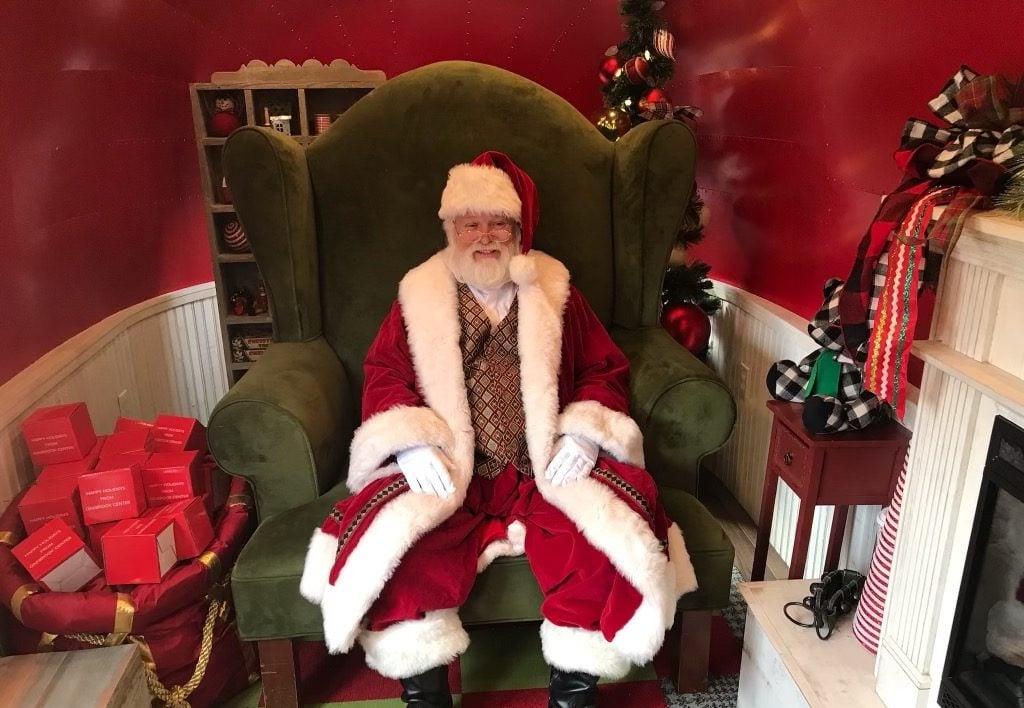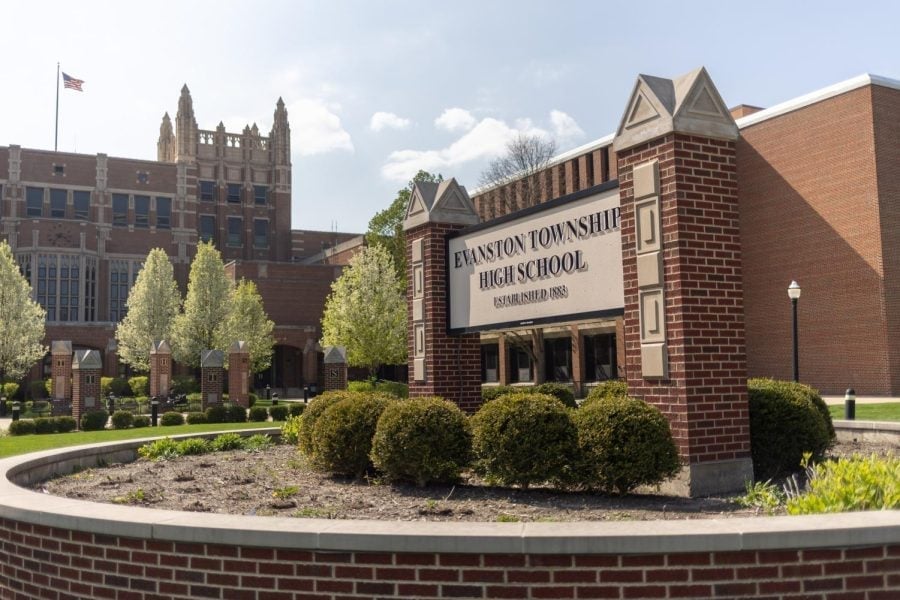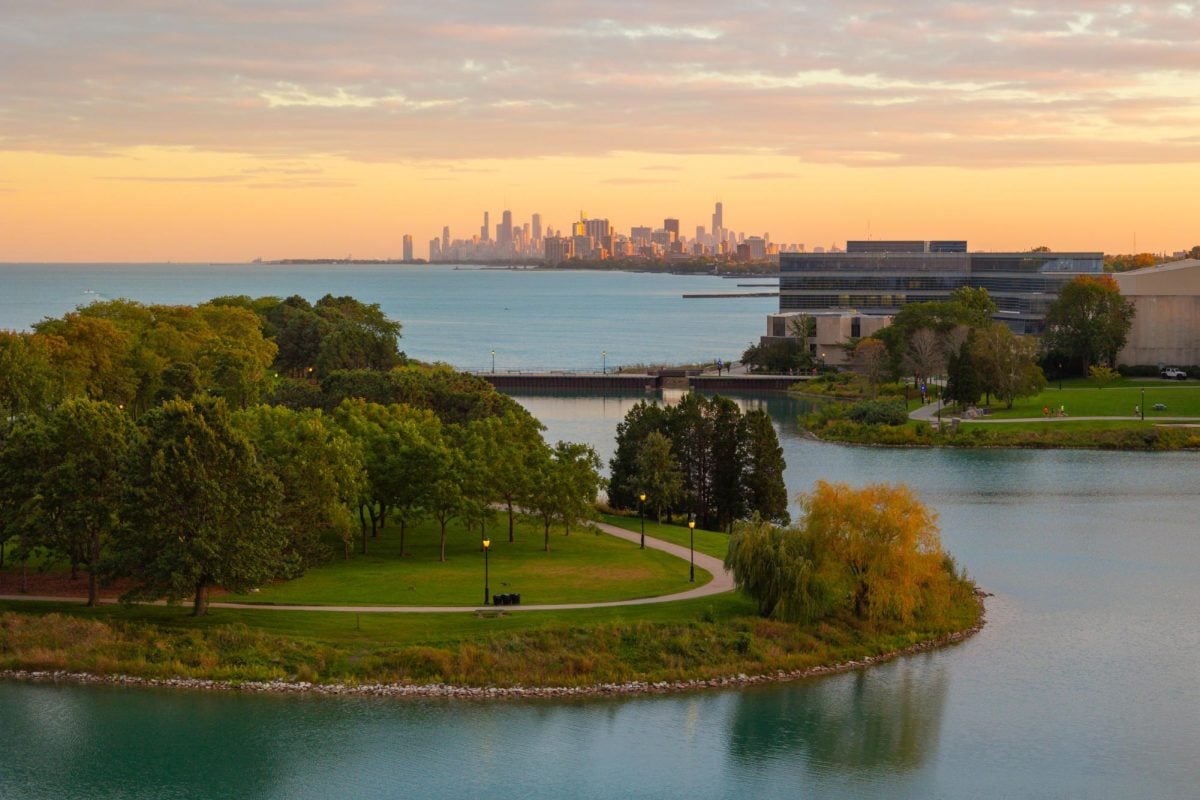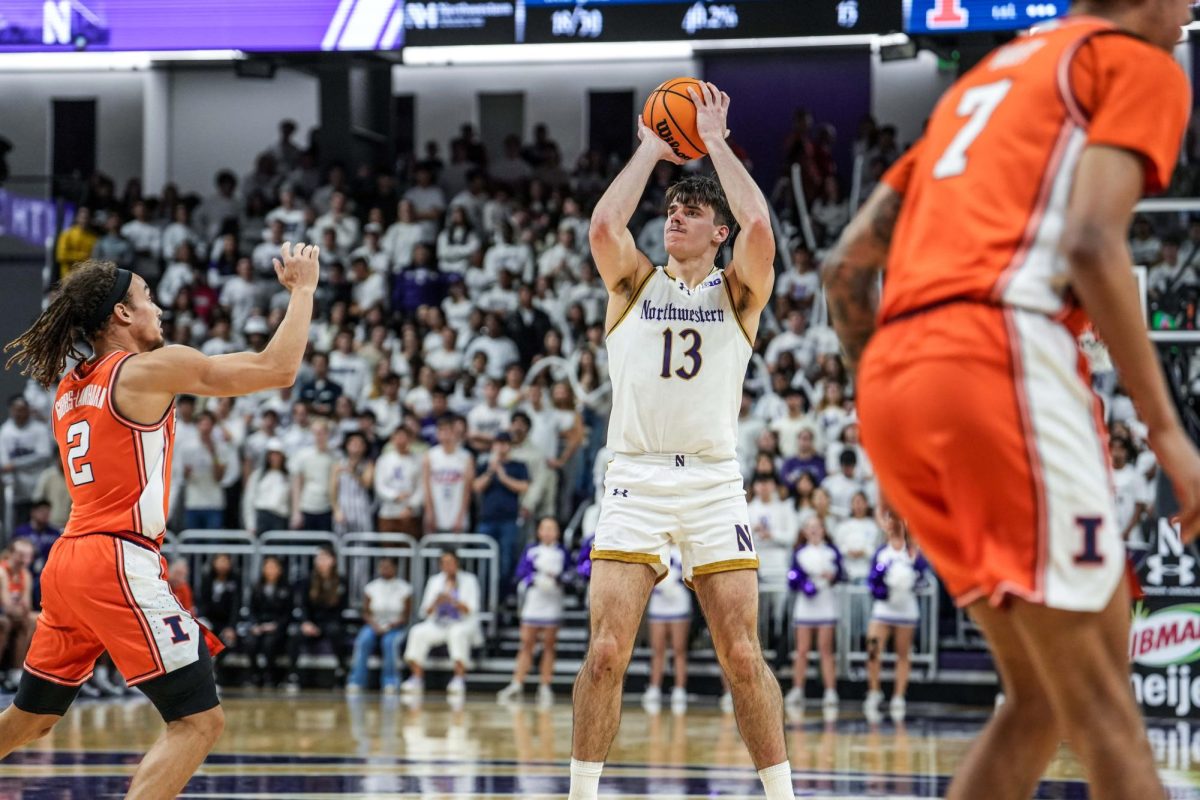Content warning: This story contains mentions of racism.
In May 2022, Miigis Curley, a senior at Evanston Township High School, started a petition for her school to allow students to wear culturally significant clothing at their graduations.
Her brother, Nimkii Curley, had been stopped from walking at his graduation on the day of the ceremony. He was wearing an eagle feather and a beaded cap, and he decorated his stole with Ojibwe floral designs. Both Nimkii and Miigis Curley are Ojibwe and Navajo.
“Ever since I was at the school, I’ve been talking and telling people about what happens to us as Native people and the bigotry and the injustice that we get in a school system and in a space where I feel like I’m definitely an outlier or an outcast,” Miigis Curley said.
Curley’s petition received over 14,000 signatures. In an update a day after the petition was released, she said the school pledged to allow Indigenous students to wear cultural regalia on their graduation uniforms. On Aug. 4, 2023, Gov. J.B. Pritzker signed a law prohibiting schools from banning students from wearing cultural regalia on their cultural uniforms.
More than a year after she created the petition, Miigis Curley and ETHS junior Coco Herro are continuing to advocate for the visibility of Indigenous students at ETHS. Herro identifies as Indigenous and said she is still researching her roots.
According to the Illinois Report Card, 0.3% of students at ETHS identified as American Indian in the 2022–23 school year.
Herro has been distributing posters by hand calling for the school to highlight the presence of Native students and acknowledge Indigenous Peoples Day, which falls on the second Monday in October.
In a statement to The Daily, ETHS Director of Communications Takumi Iseda said the school is looking to partner with local organizations like the Mitchell Museum of the American Indian and Northwestern’s School of Education and Social Policy to highlight Indigenous culture in the school’s curriculum.
“While there have been some special events at ETHS this fall, future collaborations will focus on areas of curriculum and professional development to support our commitment to the Native and Indigenous community on an ongoing basis,” Iseda said.
According to Miigis Curley and Herro, ETHS has yet to recognize November as National Native American Heritage Month with events or displays, as it has done for other heritage months.
Miigis Curley noted various incidents of teachers asking her inappropriate questions or making assumptions about her and her family.
“(Certain adults) have a level of ignorance that just makes it seem like they’re allowed to say anything to me,” Miigis Curley said. “It shouldn’t be happening to me. It shouldn’t be happening to other people.”
She hopes student instruction, along with professional development programs for teachers, can help people understand the systemic constraints that contribute to anti-Indigenous racism and Indigenous invisibility.
Miigis Curley and Herro hope to start a group with other Indigenous students at the school to help build a sense of community. Miigis Curley said such a group could help combat feelings of isolation that can be detrimental to one’s mental health.
Herro also hopes group members can brainstorm ways to increase Indigenous representation and discuss ideas with administrators.
“At least a little bit of change would be an amazing accomplishment for all of us,” Herro said.
Email: [email protected]
Twitter: @edwardsimoncruz
Related Stories:
— NAISA celebrates Native American and Indigenous Heritage Month
— Students and faculty present research on Indigenous peoples at fifth annual CNAIR symposium


















